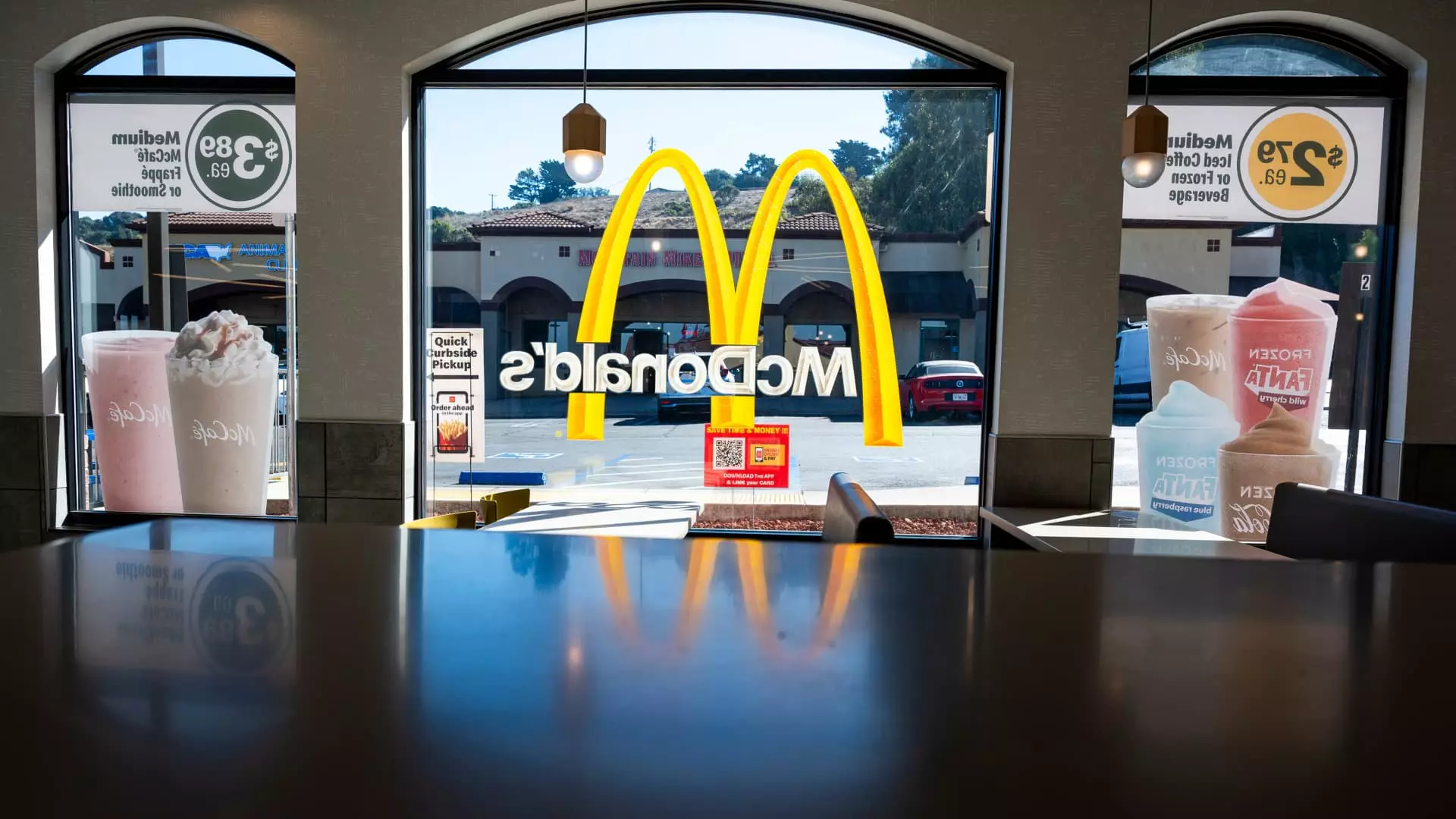The fast-food industry faces a tumultuous beginning to 2025, plagued by extreme weather conditions and cautious consumer behavior. However, it appears that the latter part of the year may serve as a hope for businesses striving to regain their footing in a market that has seen better days. Despite a few hurdles, such as harsh winter weather and ambiguities in the political landscape, certain restaurant executives remain optimistic about a brighter future.
January 2025 was particularly harsh for many fast-food companies, influenced significantly by consistent cold temperatures and extensive wildfires, highlighting the volatile nature of the current climate. Major corporations like Burger King and Popeyes, under the umbrella of Restaurant Brands, reported better sales in previous quarters. They emphasized their success in attracting consumers back to their establishments with enticing value-driven offers. For instance, brands that initially saw a decline in same-store sales, such as McDonald’s, experienced slight traffic improvements by capitalizing on their revamped menus after sluggish performance in December. Despite this growth, Wendy’s CFO Kenneth Cook lamented the undercurrents of challenges impacting industry-wide traffic, which remain a concern for fast-food executives.
Consumer discretion is still at the forefront, with diners hesitant to forgo the quality and portion sizes they have become accustomed to. Executives from Subway and Chipotle highlighted that their customers are gravitating toward value-oriented dining options while navigating economic uncertainty. Doug Fry, Subway’s U.S. President, pointed to broader anxieties surrounding the economy influencing purchasing decisions. This sentiment of cautious spending has resulted in uneven traffic patterns during breakfast and lunch hours, leaving restaurants to carefully strategize their offerings in response to fluctuating consumer preferences.
Restaurant executives are cautiously optimistic about the impending months, with expectations that market conditions may normalize as comparisons ease from last year’s declines. Historically, traffic and sales typically surge during warmer months; hence, many chains hope to experience an uptick in customer visits and spending. Restaurant Brands CFO Sami Siddiqui remarked that they anticipate more favorable year-over-year comparisons as they move into the summer. This optimism is underscored by McDonald’s management, who aims to recoup sales lost to E. coli scandals and other mishaps, by focusing on improving customer experiences and ensuring food quality.
However, the overhang of last year’s economic conditions continues to impact operational expectations. For example, Chipotle recently indicated that adverse weather affected their same-store growth significantly, leading to cautious forecasts for the first quarter. The bigger picture reflects national consumer sentiment, which has seen a dip due to worries over inflation and potential price hikes impacting daily living costs. The Department of Labor reported that away-from-home food prices have surged by 3.4% over the past year, embedding a layer of complexity in the competition for consumer dollars.
Balancing Opportunity and Threats in the Evolving Market Landscape
Despite the ongoing hurdles, many brands believe there are ample opportunities for revitalization as consumer economics stabilize. Notably, while new trade policies can impose potential costs, leading companies such as Wendy’s and McDonald’s maintain a play-it-safe approach in their financial projections, unswayed by tariff uncertainty for the time being. Chips in the labor market and consumers’ faith in value – as noted by analyses, will be vital to navigate the recovery journey ahead.
Additionally, established brands like Starbucks are grappling with their challenges, particularly with four consecutive quarters of declining same-store sales. The coffee giant faces a tough battle as consumer preferences shift towards competing companies. Starbucks’ management cautioned that a turnaround could take longer than anticipated, affecting their fiscal outlook and requiring significant strategic pivots.
While there is an evident fragility in consumer confidence, the fast-food sector stands at a crossroads, where adaptability and understanding of developing market dynamics will determine resilience against economic headwinds. The industry’s ability to innovate, cater to evolving consumer values such as quality and affordability, while remaining attuned to shifting economic variables, will be instrumental in shaping outcomes for the remainder of the year.
2025 may indeed unfold in a more benevolent manner for the fast-food industry, provided stakeholders remain agile and proactive in addressing both challenges and competitive opportunities. The fundamental shift in consumer attitudes towards dining out will play a pivotal role in this transformation, necessitating a responsive strategy that is both consumer-centric and forward-thinking.

